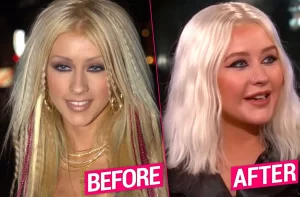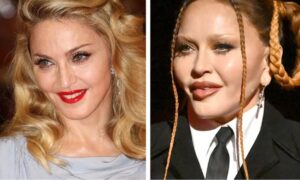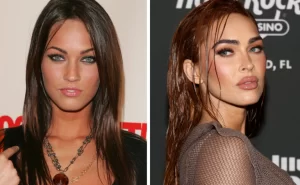The End of An Era: We’re Saying Goodbye to Overfilled Faces
Understanding Perception Drift in Medical Aesthetics and the Shift Toward Natural Enhancements
The field of Medical Aesthetics has witnessed a phenomenon known as “perception drift,” impacting both patients and Aesthetics Physicians. This drift happens when individuals become accustomed to the minor changes achieved through aesthetic procedures. As they adjust to their “new” look, they seek additional treatments, gradually building up enhancements without realizing how much their appearance has shifted from their natural look.
What is Perception Drift?
Perception drift refers to the process where people slowly get used to seeing their altered features as “normal.” Over time, each procedure may feel like just a small tweak. However, this repeated exposure to a changing face leads people to pursue more enhancements to maintain or further “improve” their appearance. Without a clear stopping point or self-awareness, this cycle can result in an overfilled look that’s far from the original, natural appearance.
How Does Perception Drift Happen?
- For Patients: As patients adjust to each stage of their enhanced look, they may desire more tweaks, unaware of how far they’ve come from their natural appearance. Social media plays a significant role here; with filtered images and exaggerated beauty standards constantly on display, patients may perceive over-fullness, over-volume, and over-smoothness as normal. Over time, this can lead them to seek even more pronounced features.
- For Aesthetic Practitioners: Practitioners, too, may be influenced by perception drift, especially when repeatedly requested to enhance the same features for clients. Over time, these changes may become normalized, making it challenging for practitioners to assess when enough is enough.
Recognizing Signs of Perception Drift
Some of the most common signs of perception drift include:




– Pillow-Face: Overusing fillers in the cheeks can create a puffy, overly rounded look that lacks natural contour and definition.
– Frozen Look: Excessive Botox use can lead to a stiff, expressionless appearance, preventing the facial muscles from moving naturally.
– Overfilled Lips: Lips that have been excessively filled can appear disproportionate to the rest of the face, creating a look that may seem “puffy” or “duck-like.”
– Elongated Chin (aka Witch’s Chin): Over-filing of the chin area can create an elongated or pointed effect, distorting facial proportions.
The Shift Toward Natural Enhancements
With a growing awareness of perception drift and its effects, both patients and practitioners are shifting toward a more natural aesthetic. Today’s trends emphasize subtle, harmonious changes over dramatic transformations, focusing on enhancement without exaggeration. Some of the popular alternatives to traditional fillers include:
– Bio-Stimulators: Treatments like Sculptra and Radiesse help stimulate collagen production, providing a natural, youthful look without exaggerated volume.
– Advanced Machines: RF microneedling, ultrasound therapy, micro-needling, heat and laser treatments offer collagen stimualtion and skin rejuvenation without adding any products into the face.
– Threads: PDO/PCL threads offer a non-surgical lifts the face subtly, achieving a refreshed look without the added volume of fillers.
Embracing a Balanced Look
As perception drift falls out of favor, more people are appreciating the beauty of balanced, natural-looking results. The industry has moved toward the use of techniques that enhance one’s unique features rather than dramatically altering them. Aesthetic Physicians are now helping patients make choices that align with their long-term beauty goals.
By embracing treatments that encourage gradual, natural improvements, patients and practitioners alike are redefining what it means to look “enhanced” – creating a look that’s authentic. Make sure to schedule an appointment with the right Aesthetic Physician for you.



